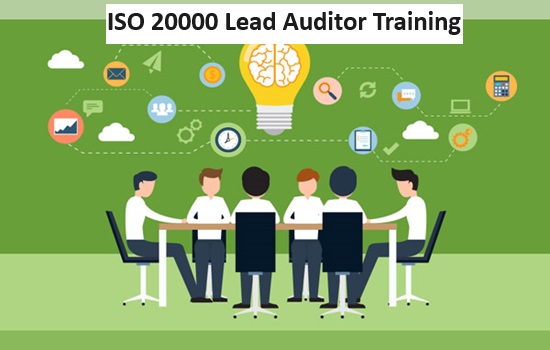
Remembering and executing controls is required in the ISO 9001 Certification to overcome the risk situation on quality management systems. We have a preference to overvalue the significance of risk before deciding on management. With each chance you've recognized, you may be forced to consider the harshness of the issue or concern, as well as the possibility that the threat will occur again.
You may also require to connect this with an estimate of how likely the situation is to happen and whether or not the issue is noticeable. The risk priority number from the Collapse Methods and Effects Study is received by counting the numbers allocated to those effects. This will enable you to demonstrate the value of separate risks you've specified for your ISO 9001 QMS periodically.
Get Six Risk Controls Methods
The ISO 9001 Lead Auditor training qualifies you to conduct a Quality Management System audit by operating widely acknowledged audit principles, approaches, and methods. These six risk controls are very necessary for the same.
- Controlling Risk Through Refined Decision-Making:
For negligible risks, the most effective approach is just to accept the gamble or risk and move ahead. If the problem or risk has a very low chance of becoming regular or isn't so powerful that it will happen again, then simply responding to the situation will be the most practical judgment you could ever make. This could be the issue when a possible outmeasure is merely too time-consuming or expensive to explain the help required to execute.
- Avoiding Risk:
For considerable troubles, you must put a more elevated value on bringing the action to stop the risk from happening, or, in other words, altering the likelihood of those hazards occurring. This could be an advance to the current process or the relief of existing tools or gear with much better tools, or a dynamic technique to destroy the parts pushing the risks. The mystery is that once the threat control measures are satisfied, the risk ends.
- Stopping The Resource Of Risks:
Destroying the risk source is a practical risk-aversion strategy. This could entail creating differences to the parts used in a group or pulling a risky procedure step and returning it with one that accomplishes the possibility for any trouble or risk.
- Sharing The Risk:
You should be capable of sharing a risk elsewhere, which compares to executing a process taken out by a professional supplier or experienced rather than doing it yourself. Another technique of communicating risk is to have insurance in business that will deliver the required additional help to deal with the persisting issue if it occurs.
- Changing The Possibility Of Risk Effects:
Appointing Lead Auditor Training, controls, and standard or periodic reviews can actually and efficiently decrease the risk of happening. This guarantees that you will stop the threat from happening, but it also improves your odds of seeing the chance when it occurs. This generally entails creating in-house contingency strategies to deal with the results of the risk once it has happened.
- Assuming A Risk To Seek An Opportunity:
We've examined risks in periods of adverse consequences, but what if bringing a chance turns out to be an option for your organisation? In these cases, you're considering the danger in times of the improvement of your organisation, and you're just maximising the possibilities and taking the effort to build and make it occur. When you do this, you are manipulating risks to profit from movements in the long run of your community.
The above given all the risk control in ISO 9001 certification are important to overcome the risk management. These six control risk strategies are used in the Lead Auditor Training. I hope this article will help you in overcoming your risk.



























